'Pregnant' T. rex discovery confirmed
Chemical test for medullary bone, found during egg laying, positively identifies females
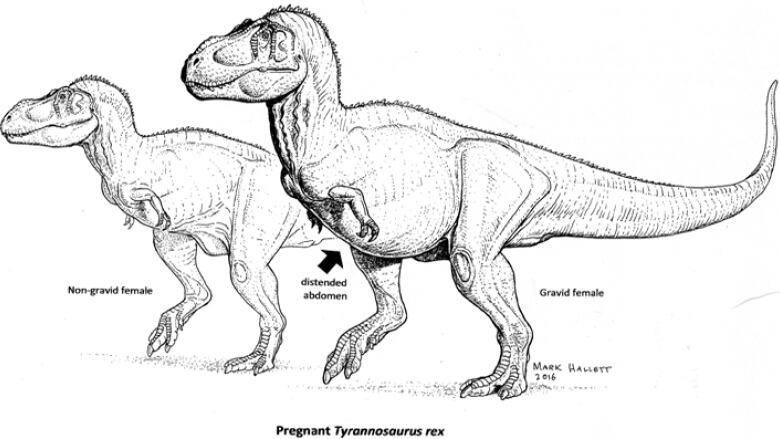
A Tyrannosaurus rex that died 68 million years ago in what is now Montana was "pregnant"at the time, U.S. researchers have confirmed.
Chemical tests confirmed the T. rex's thigh bone contained medullary bone a special kind of bone that is expected to only form when a dinosaur is laying eggs or about to lay eggs.
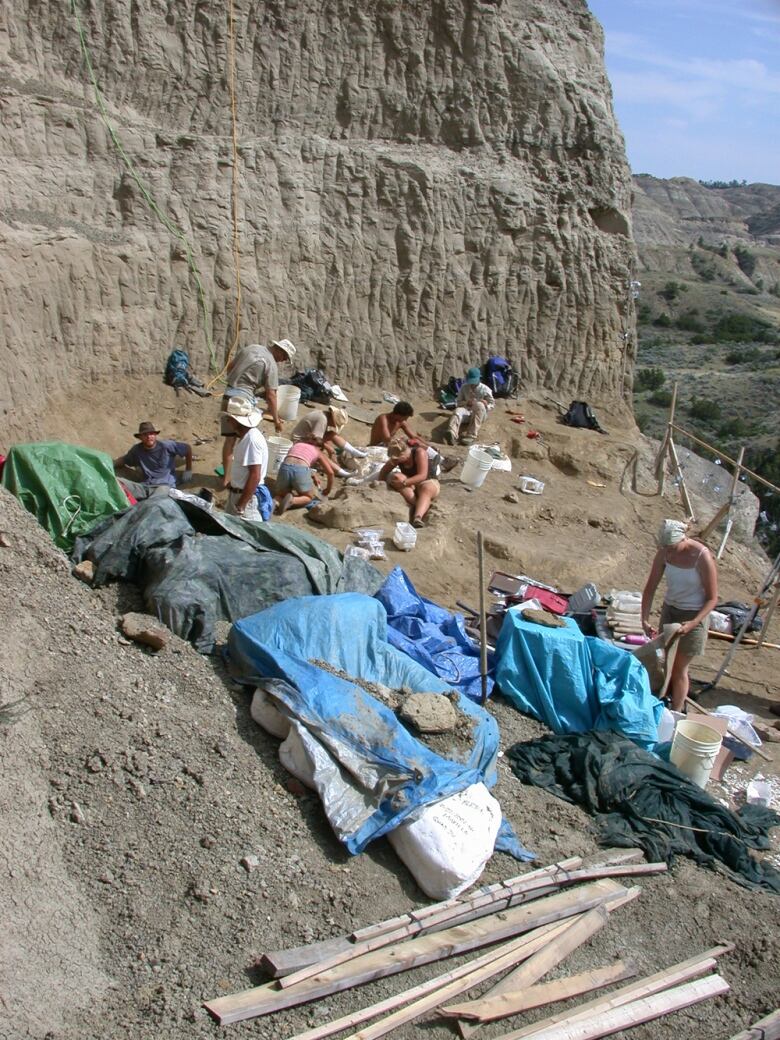
The T. rex fossil was excavated between 2000 and 2003from Montana'sHell Creek Formation by paleontologists at the Museum of the Rockies in Bozeman, Mon.
Some of the pieces were broken, and Mary Schweitzer, a paleontologist at North Carolina State University and the North Carolina Museum of Natural Sciences, was sent a box of those fragments to look at.
"I opened the box, pulled out the first piece and said, 'It's a girl and it's pregnant,'" she recalled in an interview with CBC News Wednesday.
She had noticed that the bone had an unusual structure, different from normal bone, and that looked like the medullary bone foundin long bones such as the thigh bones of female birds when they are about to lay eggs.Medullarybone acts as a calcium reservoir that can be quickly usedto form eggshells.
Because birds and meat-eating dinosaurs such as T. rex are closely related, scientists had predicted that medullary bone might one day be found in dinosaurs.
Schweitzer published the findings in a paper in Science in 2005.
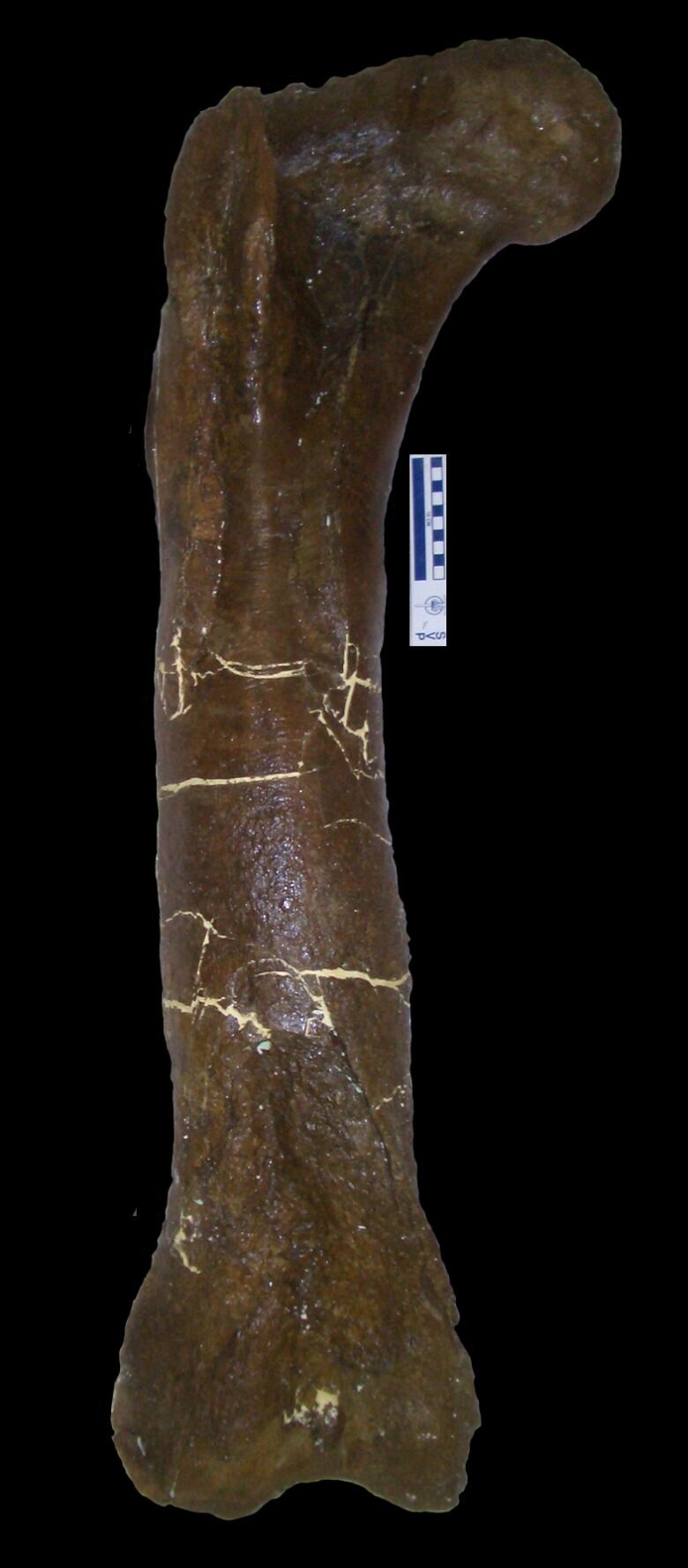
But recently,other paleontologists said they wereskeptical of Schweitzer's conclusions.They suggested the strange structure of the bone might actually be due to injury or disease.
"So we just went back and eliminated those possibilities by using the chemistry preserved in the bone," Schweitzer said. "Agood scientist always goes back every now and then and rechecks everything that they had done."
She and her colleagues used antibodies and stainsto test for a special carbohydrate called keratan sulfate, which is found in medullary bone but not other kinds of bone.
They compared the results with the medullary bones and regular bones of ostriches and chickens. The chemical tests confirmed that what they had thought was medullary bone in the T. rex actually was.
The tests also show that medullarybone has the same chemistry in both birds and dinosaurs, suggesting their reproduction is similar, Schweitzer said.
The results were reported today in the journal Scientific Reports.
Only way to tell male from female
Schweitzer's co-author, Lindsay Zanno, a paleontologist at the same university and museum,said up until now, scientists haven't had a reliable way to tell males from females.
"Just being able to identify a dinosaur definitively as a female opens up a whole new world of possibilities," she said in a statement. "Now that we can show pregnant dinosaurs have a chemical fingerprint, we need a concerted effort to find more."
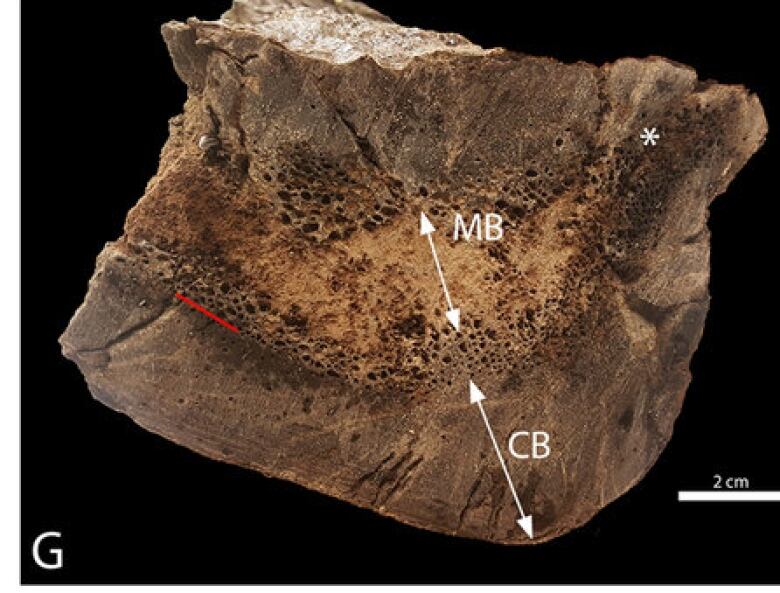
In fact, medullary bone has been reported in several other dinosaurs since Schweitzer's original 2005 paper, including another meat-eater called an Allosaurus, and two Tenontosauruses plant-eating dinosaurs that are not closely related to birds.
Schweitzeradded that knowing that the dinosaur is female could allow researchers to identify "female" traits in other parts of the body that are visible all the time, even when the dinosaurs isn't about to lay eggs. That, in turn, could tell scientists a lot more about things such as the sex ratios in the population.
Schweitzerhad previouslyfaced plenty of skepticism from other scientists after reporting that she had found preserved blood cells and soft tissues in dinosaur fossils a couple of decades ago, when most scientists believed that such old tissues couldn't possibly be preserved.
"This work, I would say, is far less controversial," said Susannah Maidment, a junior research fellow in earth science and engineering at Imperial College in London, who was not involved in the study. She is one of many scientists who have discovered soft tissues preserved in dinosaur fossils since Schweitzer's earlier work.
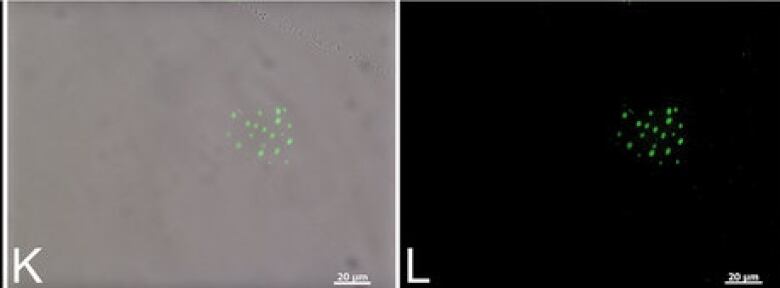
Maidment said the new studyconfirms that the sexof a female dinosaur can be identified if she is laying eggs, and provides a chemical method for identification.
"But it also adds to this very large body of evidence that suggests that original components of soft tissue [such as keratin sulfate] can be preserved in the fossil record for extremely long time scales under certain conditions."
Maidment said that opens up the possibility of being able to study dinosaurs' metabolism and other aspects of their biology that can't be studied from their bones alone.
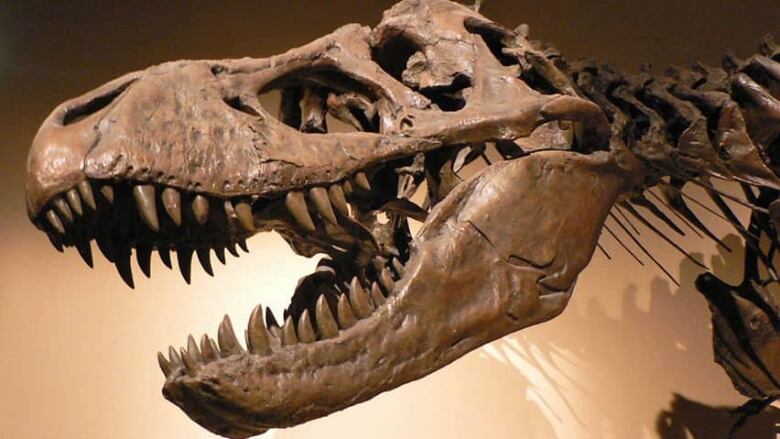












_(720p).jpg)


 OFFICIAL HD MUSIC VIDEO.jpg)
.jpg)



























































































